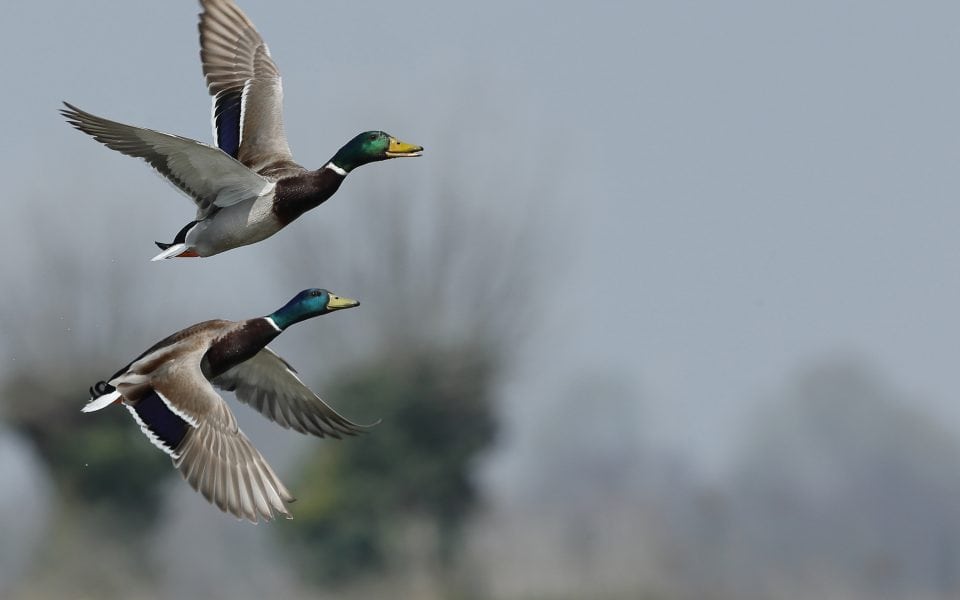When is the last time a duck hunter in the Southern states muttered aloud that the ducks had short-stopped their location? Topics as to why the ducks fail to continue on and visit the lower flyway includes that more impoundments with food are available further north and that it doesn’t get as cold anymore. After some research and new technology, it turns out that a genetic marker that wills these birds to migrate could be diluted due to the influx of game farm mallard DNA. When game farm birds are released some survive to breed with wild ducks. In the last several years, an explosion of DNA data is leading researchers and generations of duck hunters to compelling new philosophies about what comes next.
The Role of Game Farm Mallard DNA in Diluting Wild Genetics
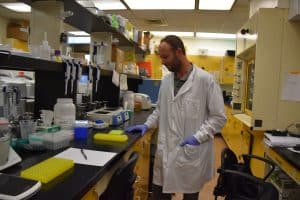
UTEP
Releasing mallard ducks began in the 1920s in the upper Atlantic Flyway under the premise that there were no negative impacts associated with them. Game farm ducks were not thought to survive long or even to have the capacity to breed with wild ducks. Generations of duck hunters became used to the idea of released ducks being a part of the game plan for having plenty of mallards to shoot. These North American game farm ducks had a pedigree that went back to European game farm lineages, because the Euro ducks were already optimized to consistently produce large clutches of eggs in captive settings.
The release of game farm mallards continued in the Atlantic Flyway from the 1920s until today, in increasing numbers. Now we know that enough of them survived and then bred with wild ducks. Until recent genetic research, no one knew then that they could pass along genetics that could transform a wild mallard into what is now more of a “mutt.” Not only are studies finding the watering down of wild genetics, but that these game farm ducks could be reservoirs for diseases like avian influenza. In fact, studies of disease loads among game farm ducks were found to be high, and may be a way for those sicknesses to jump to other species.
Genetic and Ecological Consequences of Game Farm Mallards
At what point do the privatized game farm mallard operations become a detriment to the waterfowling public and the good of the ecosystem. This will vary from state to state, but for this Gamekeeper, a wood duck die-off in South Carolina in 2023-24 in close proximity to operations that release mallards could be the proverbial straw that breaks the camel’s back. The average duck hunter in my home state can usually rely on wood ducks to shoot, but they cannot afford to have woodies disappear from the landscape because others purchase and set out game farm mallards. Whether you have similar concerns or not, the duck DNA studies are becoming a catalyst for conversations about changes, including Gamekeeper podcast #243 on the degradation of wild mallard genetics.
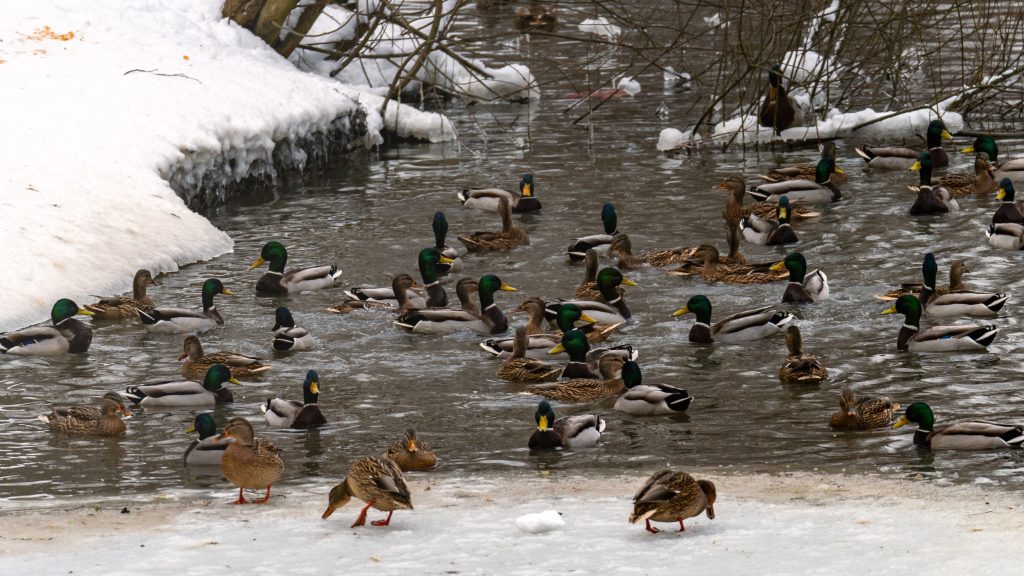
Anton San
Research and Findings on Mallard DNA
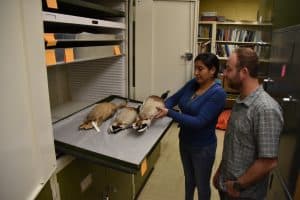
UTEP
Dr. Philip Lavretsky is an Associate Professor of Biological Sciences at the University of Texas at El Paso (UTEP), and his genetics lab is pioneering this work. “It was actually my hunting for hybridization between black ducks and mallard ducks that led to this game farm duck discovery,” said Lavretsky. “Like the popular site “23andMe,” my lab can take a genetic sample of any duck and break down its ancestry. This is not just the UTEP lab at work, because we have many scientific partners since our studies take place in different flyways and regions. Beyond what we can do here, this is a story about citizen science.”
“One of those studies took place in South Carolina during the 2023-24 duck season, working with private landowners to harvest ducks and submit samples for DNA testing,” said Lavretsky. “A total of 39 locations participated, submitting 379 duck tongues to the UTEP Wildlife Genetics lab. Findings showed that 41-percent of harvested mallards carried substantial amounts of game farm ancestry.”
However, when looking at the Atlantic Flyway on average, Lavretsky reported in 2023, a single-digit percentage of wild strain existing in the remainder of the nearly 1000-samples. Essentially it’s a wild/game farm mallard hybrid swarm. Generally, Lavretsky’s team continues to find a decreasing rate of hybridization moving westward. Meaning that the Mississippi Flyway has less hybridization than the Atlantic Flyway, and the Central and California Flyways are even less affected. The fact remains that game farm mallard DNA is slowly increasing in all four flyways. This should be very concerning to waterfowlers!
“Taking a closer look at game fame mallards on the landscape means acknowledging some physical traits that differ from wild strain mallards,” said Lavretsky. “The length of the wings on game farm mallards is shorter, possibly from not flying as much or as far. The length of their legs is longer possibly from walking around in pens much of their lives. The small teeth, or lamellae, in the duck’s bill are much more concentrated on game farm ducks, meaning that they cannot strain and eat wild duck food on the landscape. The game farm duck bill is much more conducive to pecking and picking up food like corn or Purina duck chow.”
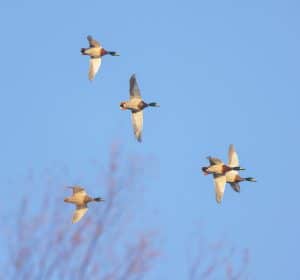
Linda Arndt
“Furthermore, and we are only now studying this, but have early data that suggests the game farm duck does not put on fat like wild strain ducks, which means they may not have energy reserves to make long flights,” said Lavretsky. “Without wild strain genetics, game farm ducks move around much less, and when they do stopover they tend to stay much longer. Another trend is that game farm ducks are comfortable selecting urban areas, something that would be too stressful for wild strain ducks. And one interesting point that we are finding is that interbreeding between a wild and a game farm mallard results in more inbred offspring.”
Solutions to the Game Farm Mallard DNA Issue
So what if anything can be done now? Landowners and duck producers with game farm release programs didn’t have the data that they do now. In some of those cases it took political will and financial muscle to build and protect larger-scale hunting operations. Can those same forces combine now for the welfare of the wild strain mallard? Dr. Lavretsky hypothesizes that a return of wild strain parents back into the flyways could lead to the reversal of the game farm mallard DNA dilemma in short order.
“My models actually suggest that the release of about 62,000-wild strain ducks for three to five consecutive years, could reverse the genetic trends in the Atlantic Flyway,” said Lavretsky. “Regarding the spread of disease like avian influenza via game farm ducks, the reintroduction of wild strain DNA could make all the difference in the world. In the end, the path forward does not equate assigning blame to any parties who released game farm mallards, but rather how all parties can make a compromise based on today’s data.”
“Some good news on the landscape is that our genetic studies on mottled ducks and black ducks show that they are not nearly as hybridized,” said Lavretsky. “We know they encounter mallards that want to breed, but the longer duration for pair bonding in mottled and blacks seems to be like kryptonite to game farm ducks. Also, it seems that the vibrant wild strain mallard population of the prairie pothole region that wild mallards call home seems to be holding back the game farm genetics from increasing rapidly. Though, there is always a tipping point to ever balance in nature and we need to remain vigilant.”
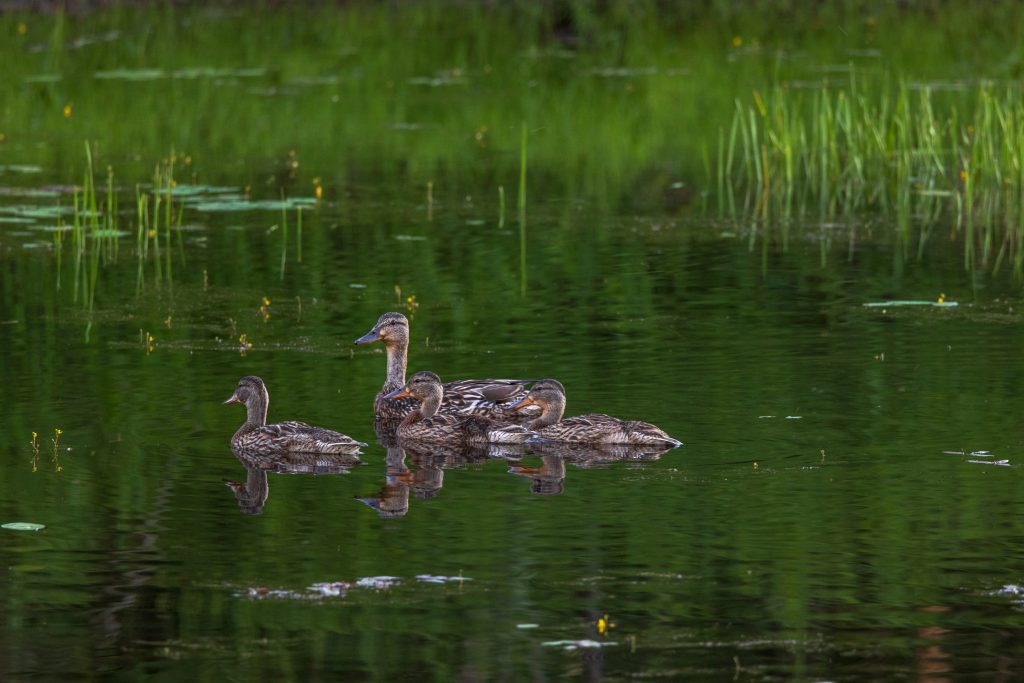
Linda Arndt
“I was super excited to partner with Ducks Unlimited during the 2023/24 season for our duckDNA program,” said Lavretsky. “Waterfowlers have always kept up with duck details, like the USFWS leg band records or the duck wings collection program. The duckDNA program allows regular hunters to submit a tongue snip to our lab for genetic testing. This program is a lottery drawing, and after online registration for the 2024/25 season, 700 hunters will be selected across the entire U.S. and each hunter can submit three duck samples. Not only will these database yield dividends in the future, but some youths have become engaged by these genetic findings and perhaps it gives deeper meaning to any bird in the bag.”
Jeff Dennis is a longtime outdoorsman. Read his blog at Lowcountry Outdoors.
To learn more about Dr. Lavretsky duck genetics study listen to episode #243 on the Gamekeeper Podcast

Join our weekly newsletter or subscribe to GameKeepers Magazine.
Your source for information, equipment, know-how, deals and discounts to help you get the most from every hard-earned moment in the field.

